The Museum of Natural History in NYC is an awesome place and I do not say this lightly. It is the kind of museum that enthrals you from exhibit to exhibit in order to study the well curated animals and the impressions of their habitat and what they might be seen doing in ‘nature’. It is easy to be dumbfounded by the Museum, as it is very easy to forget about some (many) of the animals on display, and quite honestly never have seen or heard of others. It is a humbling experience to remember that man, woman and child, although we amount to many and are diverse within ourselves are a very small part of the diversity of our planet.
Sadly though, more than anything, and beyond being awestruck by the little difference and similarities of each animal (for instance as anyone else ever thought that the beaver is somehow like the platypus?) what struck me as the most saddening fact was that it seems inevitable that the blue whale will become extinct and that the enormous dinosaurs fossils on display surely are evidence of this. How can an animal so big continue to survive on this planet? With great difficulty. And how can I, the insignificant woman not feel responsible for this?
I walked away from the Museum of Natural History inspired to remember all of the animals I share the planet with, and to make extra efforts to be aware of the decisions I make in my day to day life. I wondered what the biggest cause of ocean pollution was and so, after researching at the National Ocean Services I read that Eighty percent of pollution to the marine environment comes from the land. One of the biggest sources is called nonpoint source pollution, which occurs as a result of runoff. Nonpoint source pollution includes many small sources, like septic tanks, cars, trucks, and boats, plus larger sources, such as farms, ranches, and forest areas. Millions of motor vehicle engines drop small amounts of oil each day onto roads and parking lots. Much of this, too, makes its way to the sea.
So here I am as a parent with the responsibility to help the next generation be happy to walk. By example, walk your children to school, walk to get the groceries. Walk to the Dr, walk to gym. Walk to the post office. Make decisions so these things are walkable. Just Walk where ever you can, and if you can not walk, take public transport. Make the effort, allow extra time to do so. We have to teach our children to walk, and it all starts with one small step! Many of us claim to care for the environment, and so now lets walk the talk, and actually WALK!
Walk, walk, walk, for our friends the Blues Whales……who by the way also loves bike riders!
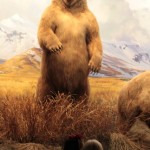

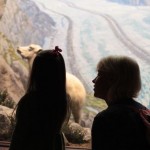
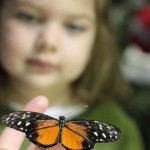

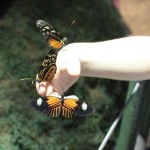
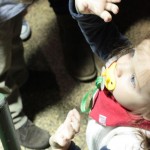
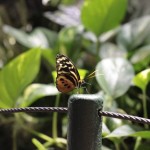
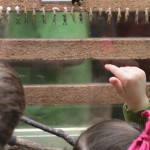
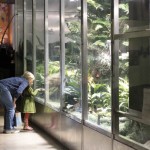
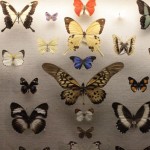
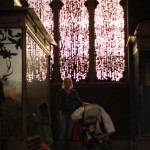
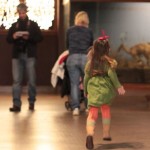

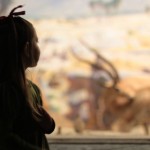

Beautiful butterflies ……..
……beautiful blue whales ….. natures juxtaposition ….
I love the Natural History Museum!